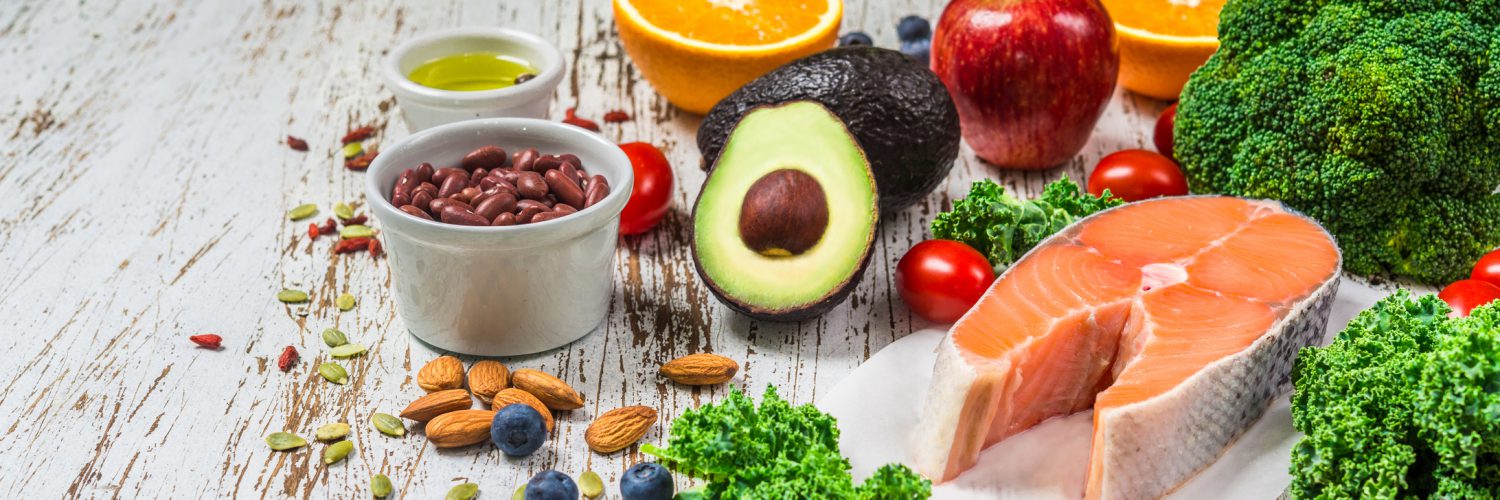Improving your nutrition is one way you can manage your diabetes risk. When creating a healthy eating plan, aim to have a proper balance of foods that help keep blood sugar levels steady. Eating to reduce your risk of diabetes—and for overall good health—rests on a proper balance of complex carbohydrates and proteins and limiting refined or processed simple carbs and fat. Try these tips to eat better for diabetes prevention.
Choose healthy complex carbohydrates
It’s important to choose the healthiest balance of carbs. There are two main types of carbohydrates—complex and simple—and each affects how quickly blood glucose rises. Complex carbs are healthier than simple carbs. Complex carbs contain plenty of fiber. The fiber prevents food from being absorbed too quickly and spiking blood sugar levels. Complex carbohydrates are also packed with nutrients.
Examples include: Fruits and vegetables, whole grains, and beans. Unsure of how to include more whole grains to your routine? Click here and here to find out how.
Limit your intake of less healthy simple carbohydrates
Refined or processed simple carbs generally contain fewer nutrients and add the most calories. They should be a limited part of your diet since they break down quickly and can cause spikes in blood sugar levels.
Examples include: Refined breads and grains, such as white bread and white rice, and foods with added sugar. Click here for tips to help you eat fewer added sugars.
Eat fiber-rich foods
Eating fiber-rich foods slows the absorption of glucose, helping to keep blood levels steady. A high-fiber diet can also help you feel full longer, reducing your intake of calories and the potential to gain weight. Click here to learn more about the importance of fiber.
Examples include: Fruits and vegetables with their skins, seeds, nuts, and beans
Strive to eat healthy proteins
Proteins are the building blocks of muscles. Low-fat, protein-rich foods are an important part of a balanced diet. Click here to learn more about protein and where to find it.
Examples include: Animal-based foods such as meat, fish and dairy products, and plant-based foods such as nuts, soy, and beans
By modifying your diet in beneficial ways, like choosing healthy carbohydrates and making sure you eat enough protein and fiber, it is possible to manage or reduce your risk for diabetes!



